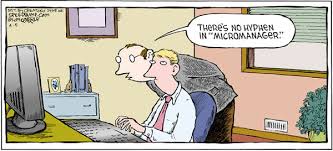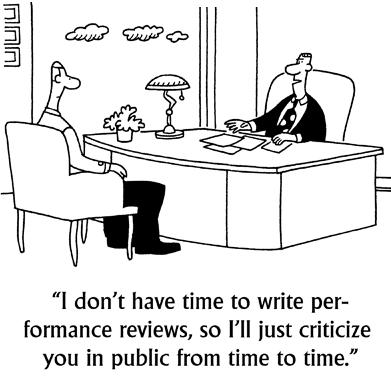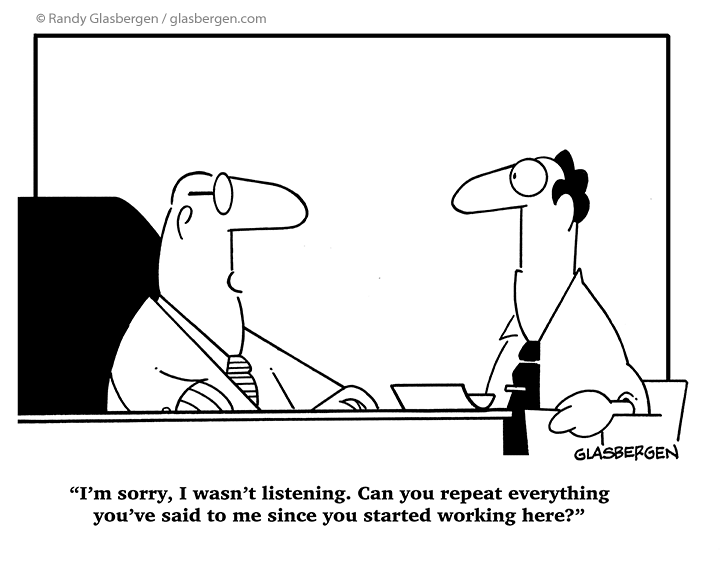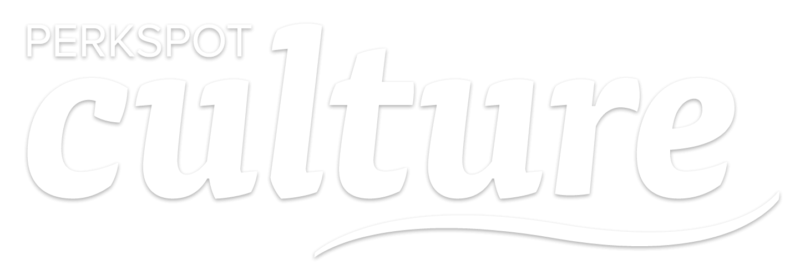Horrible Bosses
If you’ve been in the working world for some time, you’ve probably experienced the pains of a horrible boss. Poor listening skills, arrogance and just plain rudeness generally characterize these Michael Scott rivals. But whether this is a current reality for you or you are fortunate enough to have moved past that situation, there are many things we can learn from these horrible bosses.
The Micromanager

For some bosses, “control freak” doesn’t even begin to explain the horrors of their management style. If you’ve ever experienced micromanagement, you know that it can be frustrating and leave you wondering why they even hired you in the first place. The lack of trust and need for control isn’t doing anyone any favors. But if there is one thing we can learn from the micromanagers of the world, it’s attention to detail. While it may seem obnoxious in the moment, and definitely is not an approach we would condone, you can still find ways to benefit from this not-so-pleasant experience. Micromanagers often help us think through all the details that can take a report, spreadsheet, or article from good to great. You never know, attention to detail may be the key to landing that big client or getting your long sought after promotion.
The Constant Critic

Remember that famous line from Bambi? “If you can’t say something nice, don’t say anything at all!” Maybe you have experienced a manager who could have benefited from this piece of advice. Unfortunately, sometimes the easiest thing we can learn from bad bosses is what NOT to do. Regardless of whether you’re in management or not, we could all be better at encouraging others. Before you think about criticizing a coworker’s work, find something positive to say as well. While there are still benefits to constructive criticism, if the negatives tend to outweigh the positives, it might be time to reevaluate your approach.
The Bad Listener

There’s quite possibly nothing more disheartening, not to mention annoying, than a boss who simply doesn’t listen. But great bosses know the importance of listening, before speaking. Learning to listen is a skill that’s often overlooked. But, it can make a major difference in your professional and personal life. Michael Taft for the Huffington Post says “Learning to listen means learning to actually pay attention to — to concentrate on — what other people are saying. Listening to their words as if listening to a favorite song, with your mind focused on what they are saying and what it means.”
In a world full of social media distractions and iPhone obsessions, it is refreshing to be around someone who looks you in the eye and repeats back what you say. Take what you experience from having a boss that doesn’t listen and be more sympathetic and understanding, not just hearing but actually listening to what others are trying to tell you.
Have you ever had a horrible boss? What was your experience like? What did you learn? Tell us in the comments!











 One of the biggest perks at PerkSpot is the ability to flex our schedules and work from home. Our masterful designer, Evan, graciously takes on so many projects for us and we all know Wednesdays are Evan’s day to work from home. We are so appreciative of the attention to detail and creativity that goes into each of his designs. Thursday he comes back with incredible work to show for his time spent away from the office distractions. In fact, we think he might have magic pajamas. Magic pajamas or not,
One of the biggest perks at PerkSpot is the ability to flex our schedules and work from home. Our masterful designer, Evan, graciously takes on so many projects for us and we all know Wednesdays are Evan’s day to work from home. We are so appreciative of the attention to detail and creativity that goes into each of his designs. Thursday he comes back with incredible work to show for his time spent away from the office distractions. In fact, we think he might have magic pajamas. Magic pajamas or not, 





